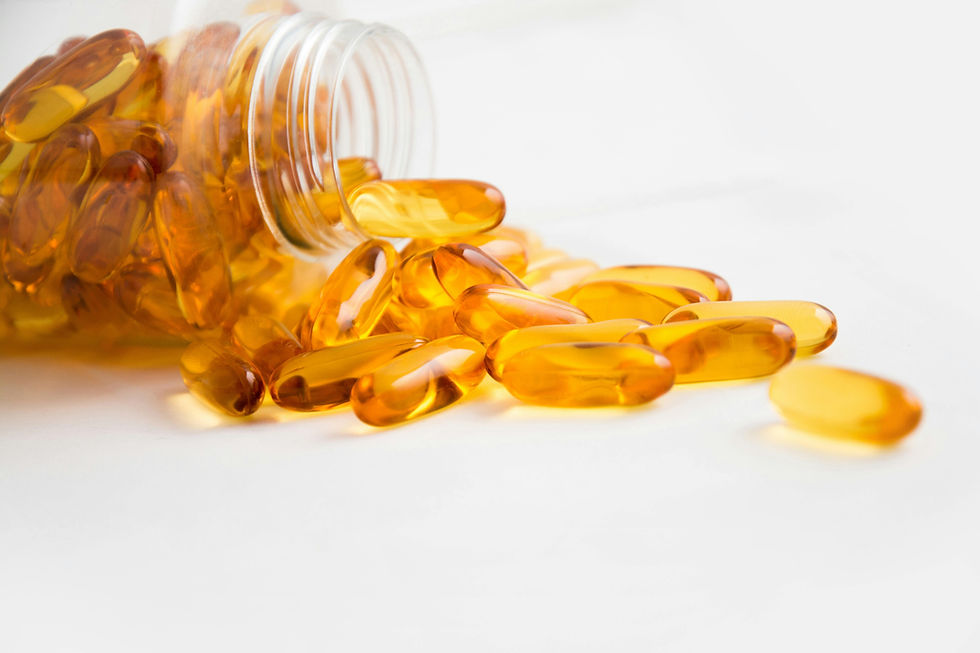The rise of GLP-1 supplements presents a lucrative opportunity for brands looking to capitalize on consumer interest in weight management and metabolic health.

However, with increased regulatory scrutiny and evolving FDA guidelines, companies entering this space must navigate a complex landscape to ensure compliance, product safety, and long-term viability.
As an FDA compliance attorney, I’ve seen firsthand how brands can face legal challenges if they fail to adhere to the necessary regulations.
Here’s what your company needs to know to avoid common pitfalls and create a product that is both effective and compliant.
Key Compliance Risks in the GLP-1 Supplement Market
While the market potential is significant, brands must be cautious when formulating and marketing GLP-1-related supplements.
The primary risks include:
1. Unsubstantiated Claims and Regulatory Violations
One of the biggest legal pitfalls in the supplement industry is making drug-like claims that imply FDA-approved treatment effects.
Phrases such as:
"Mimics prescription GLP-1 medications"
"Activates GLP-1 receptors"
"Equivalent to Ozempic or Mounjaro"
are likely to be flagged by the FDA as unapproved drug claims.
The FDA strictly regulates health-related marketing statements, and supplement companies must ensure their claims are backed by scientific evidence and phrased appropriately to avoid enforcement actions.
Best Practice: Stick to structure/function claims that comply with FDA regulations, such as "supports healthy metabolism" or "supports the body's natural appetite regulation."
Always substantiate claims with credible scientific studies.
2. Ingredient Safety and Proper Formulation
While some natural ingredients may support metabolic health, not all have been proven to influence GLP-1 pathways directly.
Many products contain ingredients like:
Berberine
Bitter melon
Chromium
Green tea extract
While these compounds have been studied for metabolic effects, they do not function like prescription GLP-1 receptor agonists.
Additionally, exceeding safe dosages or using unapproved ingredients could lead to safety concerns and potential recalls.
Best Practice: Ensure all ingredients comply with the Dietary Supplement Health and Education Act (DSHEA) and are Generally Recognized as Safe (GRAS). Conduct third-party testing for purity and potency.
3. Labeling and Disclosure Requirements
Misleading labeling is another common issue that attracts regulatory scrutiny.
Brands must avoid:
Implying FDA approval where none exists
Hiding proprietary blends without specifying ingredient amounts
Using misleading names that suggest pharmaceutical-grade efficacy
Best Practice: Provide clear, transparent labeling that accurately represents the product. Follow FDA and FTC guidelines to avoid misleading marketing practices.
4. Manufacturing and Quality Control Standards
With growing consumer awareness, brands must prioritize Good Manufacturing Practices (GMP) to ensure product quality and safety.
Poor quality control can result in contamination, inconsistent ingredient dosing, and product recalls.
Best Practice: Partner with GMP-certified manufacturers and conduct regular quality control audits to maintain product integrity.
5. FDA and FTC Compliance for Advertising and Marketing
Marketing materials—whether online, on social media, or in ads—must align with regulatory guidelines. The FTC has been cracking down on misleading supplement advertisements, particularly those related to weight loss and metabolic health.
Best Practice: Work with legal and regulatory experts to review all advertising claims before launching marketing campaigns. Ensure that influencer and affiliate promotions comply with disclosure laws.
How Brands Can Safely Enter the GLP-1 Supplement Market?
To successfully launch a GLP-1-related supplement while staying compliant, brands should:
Conduct thorough research on active ingredients and their regulatory status.
Work with regulatory professionals to ensure compliance with FDA and FTC guidelines.
Use third-party testing to validate ingredient purity and product claims.
Develop legally sound marketing strategies that avoid unapproved drug claims.
Monitor regulatory changes to stay ahead of potential policy shifts.
Final Thoughts: Compliance as a Competitive Advantage
The supplement industry is highly competitive, and brands that prioritize compliance, transparency, and consumer safety will be better positioned for long-term success.
By avoiding misleading claims, ensuring ingredient safety, and adhering to regulatory requirements, companies can build trust with consumers while mitigating legal risks.
A proactive approach to compliance is not just about avoiding fines—it’s about establishing credibility in a crowded and evolving market.
If your brand is exploring entry into the GLP-1 supplement space, consult with a regulatory expert early in the development process to ensure your product is both legally compliant and positioned for sustainable growth.
Comments